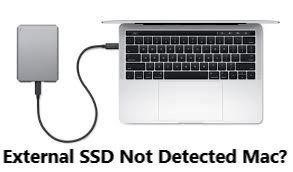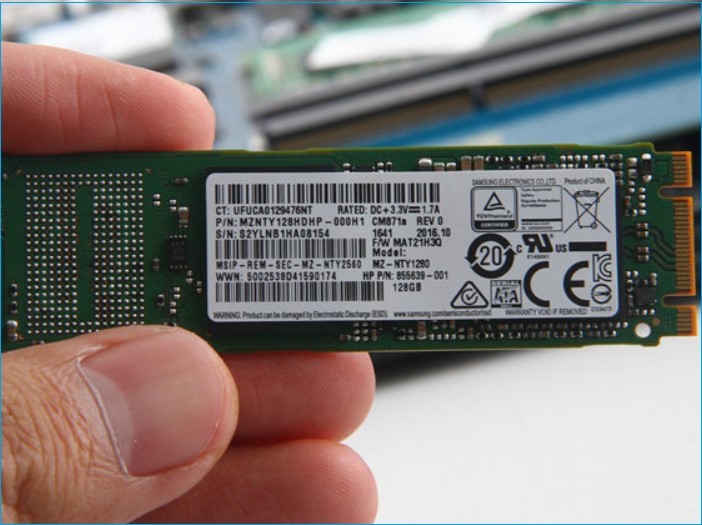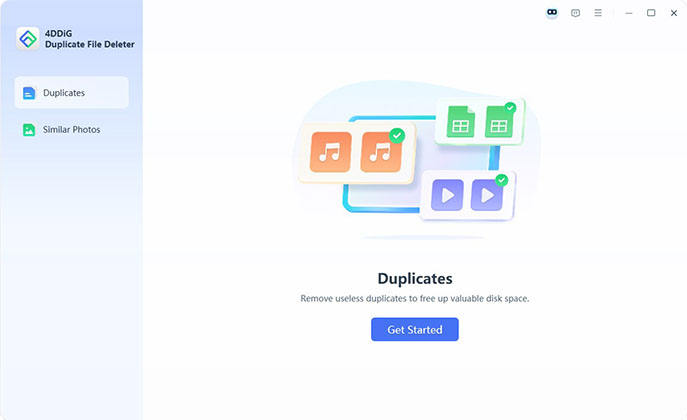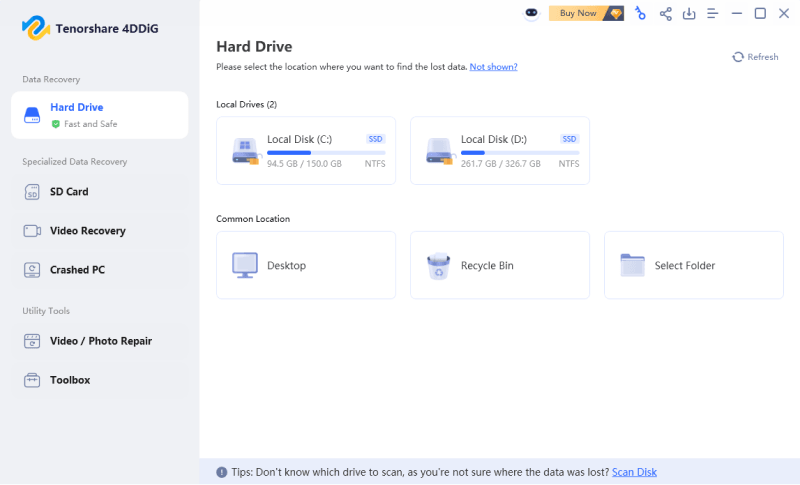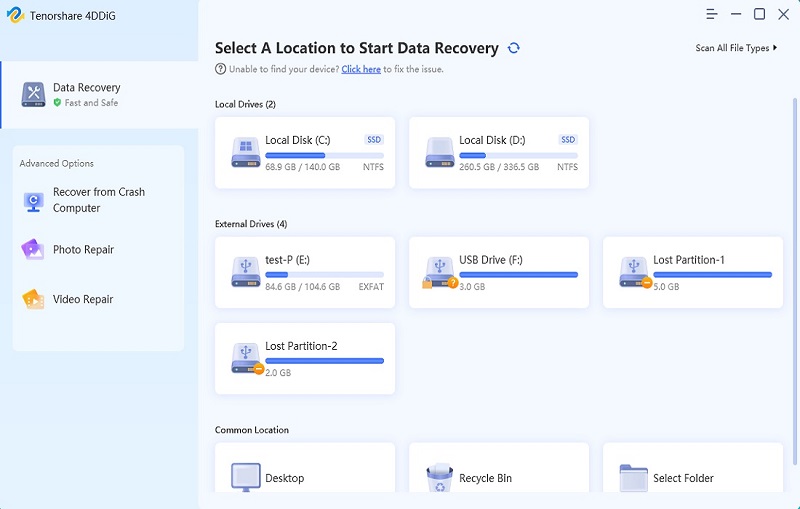How to Fix SSD Not Showing up in Windows 10/11?
An SSD not showing up in Windows 10/11 can be worrying, but it’s often a simple software or configuration issue rather than a hardware failure. Whether you’re installing a brand-new SSD drive or trying to access an existing one, Windows may fail to detect it for several reasons.
In this guide, we’ll walk you through 7 most effective solutions to help your SSD reappear and work normally.
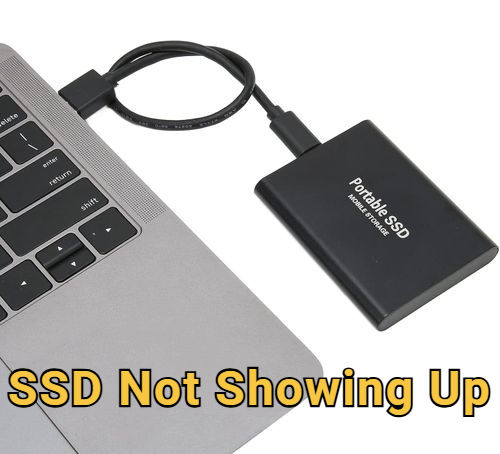
Why Is My Old/New SSD Not Showing Up?
An SSD drive not showing up in Windows 10 or 11 is a frustrating experience. This issue can be caused by a variety of factors, ranging from simple connectivity issues to more complex problems with the firmware or hardware. Following are the main reasons behind this SSD not recognized by your computer issue.
- Faulty connection: The SSD may not be properly connected to your computer's motherboard or power supply.
- Driver issues: The SSD's driver may be outdated or corrupted, causing the system to fail to detect the SSD.
- Incorrect BIOS settings: Your computer's BIOS settings may not be configured correctly to recognize the SSD.
- Disk initialization or partitioning issues:The new SSD may not show up in Windows if it has not been initialized or partitioned.
- Missing drive letter of the SSD partition: If the SSD is not assigned a drive letter, it will not be visible in File Explorer or My Computer.
- Outdated firmware: An outdated firmware can cause compatibility issues with the operating system and prevent the SSD from being detected.
- Physical damage: If the SSD is physically damaged, it may not be detected by the system.
How to Fix SSD Not Showing Up in Windows 10/11?
After we've identified the possible causes for SSD not being detected in Windows 10/11, it's time to explore some solutions to the issue.
But before that, it's necessary for you to confirm that the SSD is properly connected. Here're what you should do:
- Check if the SSD's USB cable is plugged into the correct port.
- Check that the cable is not damaged and is fit snugly in the port.
If you have verified that the cable connection is not the issue and your computer is still not recognizing the SSD, you can read on to see how to make your SSD show up in the computer. The following methods are ordered from from least risky to most advanced, you can try them one-by-one.
Case 1: System-Related Detection Issues
System errors are one of the most overlooked reasons why your SSD doesn't show up. Even minor glitches in services or drivers can prevent the OS from properly recognizing new disks, even when they are correctly connected.
For this reason, the first step should be to check your system for errors using Windows’s built-in troubleshooting utility, which can quickly scan for detection-related problems and try to fix them automatically in minutes.
- Press the Win + I keys to open the Settings app.
- Click on "Update & Security" and then select “Troubleshoot” from the left pane.
- Select “Hardware and Devices”. Then click on “Run the troubleshooter”.

- Allow several minutes for Windows to detect and fix the issue.
Once it's done, restart your computer and check if the SSD shows up or not.
Case 2: Missing Drive Letter
Sometimes an SSD not showing up in Windows simply because the partition lacks a drive letter, something Windows requires to identify and access drives. This can happen after formatting, cloning, migrating data, or connecting an SSD that was used on a different computer.
When this occurs, the disk appears in Disk Management but not in File Explorer, making it seem like the SSD isn’t showing up at all. In that case, you can assign a new drive letter to the SSD or change the drive letter of the SSD to make the SSD accessible again.
- Press Win + X and go to "Disk Management".

- Locate the hidden SSD in the list of drives and right-click on it. Then select "Change Drive Letter and Paths".

- Click "Add" if the SSD was not previously assigned a drive letter, or click "Change" to if there is an existing drive letter.
- Select a new drive letter from the drop-down menu and click "OK" to save the changes.

Case 3: Uninitialized SSD
Sometimes Windows detects a newly installed SSD but cannot use it because the disk hasn’t been initialized. Without a valid partition table, the system can't read or write data, and the drive remains inaccessible, showing up as “unallocated” in Disk Management.
To troubleshoot, you can first connect the SSD to another working computer to see if it reports the same issue. If it does, try to initialize the SSD in Windows by following the steps below.
- Hold down Win + X and select "Disk Management" to launch it.
- In the Disk Management window, locate the new SSD drive that is not showing up. If the SSD is listed as "Not Initialized", right-click on it and select "Initialize Disk".

- Choose the partition style (either MBR or GPT depending on your requirement) for your SSD. Then click "OK" to confirm initializing the SSD.

- Once the SSD is initialized, you need to create a new partition and format it. Right-click the unallocated space on the SSD and select "New Simple Volume".

- Follow the on-screen instructions to format this new partition with a file system (usually NTFS for Windows).

After formatting, Windows will assign a drive letter, and the SSD will appear in File Explorer. This method only affects brand-new or wiped drives, and it has low risk.
Case 4: Faulty or Outdated Disk Drivers
Another effective way to fix SSD not showing up in Disk Management is to update its drivers. When you connect an SSD, Windows relies on specific drivers to communicate with the device. If these drivers are missing, outdated, or corrupted, the system may fail to detect the SSD, preventing it from showing up.
To resolve this issue, make sure your SSD drivers are up to date. Here’s how you can update them:
- Press the Win + X keys and select "Device Manager".

- Look for Disk drives and expand the the "Disk drives" category.
- Right-click on the SSD to be updated and select "Update driver" to proceed.

- Select "Search automatically for drivers" and follow the on-screen instructions to install any available updates.

Case 5: Incorrect BIOS Configuration
Sometimes an SSD not detected by Windows 10/11 simply because of incorrect BIOS or UEFI settings. The BIOS controls how your computer communicates with storage devices. If certain options are misconfigured, like disabled SATA ports, the wrong storage mode (IDE vs. AHCI), or disabled NVMe support, the SSD may not be recognized.
Adjusting the BIOS settings is a slightly more advanced step, but it often resolves detection issues that cannot be fixed within Windows itself.
- Restart your computer, press the designated key F2 or others like F10/Del (depending on your computer manufactures) during startup, and hit the "Enter" key to enter the BIOS setup.
- Next, navigate to the "Storage Configuration" section of the BIOS settings.
- Locate the setting for the SATA controller mode and change it to AHCI.

- Press F10 to save your changes to SATA Controller Mode Option and exit the BIOS setup. Your computer will restart and should now recognize and use the SSD efficiently.
Modifying BIOS settings can affect your system’s boot process. Before making any changes, it’s recommended to note your current settings so you can restore them if needed. Follow instructions carefully to avoid accidental system issues.
Case 6: File System Errors
Even if your SSD is detected, it may still fail to appear in Windows if the file system is corrupted. This can happen due to sudden power outages, improper shutdowns, interrupted data transfers, or malware attacks. In such cases, the SSD may appear as RAW or inaccessible in Disk Management.
⚠️Fixing file system errors often involves reformatting the SSD, which will erase all data on the drive. Make sure to back up any recoverable data before proceeding. Here's how to fix external SSD not showing up in Windows 11 by reformating the drive.
- Press Win + X and launch "Disk Management".
- Locate and right-click on the SSD you want to format. Select "Format".

- Select the File System (usually NTFS) and specify the Allocation Unit Size (usually 4096). Then check perform a quick format. Click "OK" to format the SSD.

Case 7: Potential Hardware Failure
If you’ve tried all the previous methods and your SSD still isn’t showing up, the problem may be caused by a hardware failure. This could include issues with the SSD’s internal components or damaged connectors that prevent the drive from being detected by Windows.
Since hardware problems cannot be fixed through software, it’s recommended to consult a professional SSD recovery service to retrieve important data safely and avoid further damage.
How to Recover Data from an Undetected SSD?
While most solutions for fixing the SSD not detected issue are safe, some can lead to permanent data loss if important files are stored on the SSD. Even when the disk is detected in Disk Management, Windows may still be unable to access the data.
If your SSD has become inaccessible or has already been formatted, it’s important to recover your files. 4DDiG Data Recovery is a reliable tool that can safely restore a wide range of files, including photos, videos, documents, and more from undetected, corrupted, or formatted SSDs.
Secure Download
Secure Download
You can quickly recover data from your SSD by following the steps below. If you’re using an external SSD, make sure it’s connected to your computer before you begin.
- Open the 4DDiG SSD recovery software on your computer. Select the SSD you want to recover data from either internal or external and start scanning the drive.

- While the scan is in progress, you can use the filter option to narrow down results by file type. This makes it easier to locate the specific files you want to recover.

- Preview the files, such as videos, photos, or documents, before recovery. Once ready, click “Recover” to begin restoring your selected files.

- Choose a different drive to save the recovered files. Avoid saving them back to the same SSD to prevent overwriting data.

How to Avoid SSD Not Showing Up in the Future?
After fixing this issue, it's good for us to learn about some tips to avoid SSD not being detected in the future.
- Be mindful to avoid extreme temperatures. Place your PC with SSD-lest where it should not face extreme heat or cold.
- Power outages are the silent killers of hardware. Plug your PC into a more reliable power source.
- Always leave some free space in your SSD. Try not to fill up more than 75% of your SSD.
- Limit the frequency of writing SSD. The less you format it or erase data from it, the longer it lasts.
- Defragmenting can eat the lifespan of the SSD.
Conclusion
These seven methods can help you resolve issues with an SSD not showing up in Windows 10/11. If your SSD has already been formatted, we recommend using a data recovery tool like Tenorshare 4DDiG to recover lost files from inaccessible or formatted drives and partitions.
Secure Download
Secure Download
FAQs about SSD Not Recognized
Q1. How can I fix SSD not detected in the BIOS?
You need to press F2 immediately after restarting your system and follow the prompts until you see the SATA Controller Mode Option.
Q2. How will my new SSD to show up?
It is most likely that you did not initialize it in Windows Disk Management. Initialize it immediately the procedure is given above in the fixes.
Q3. How do I fix SSD not detected in Windows installation?
You need to reinstall the SSD driver during window installation if the SSD is detected but not showing up on My Computer.

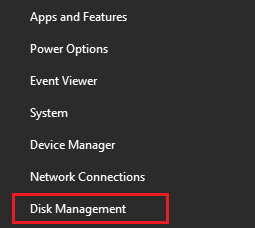
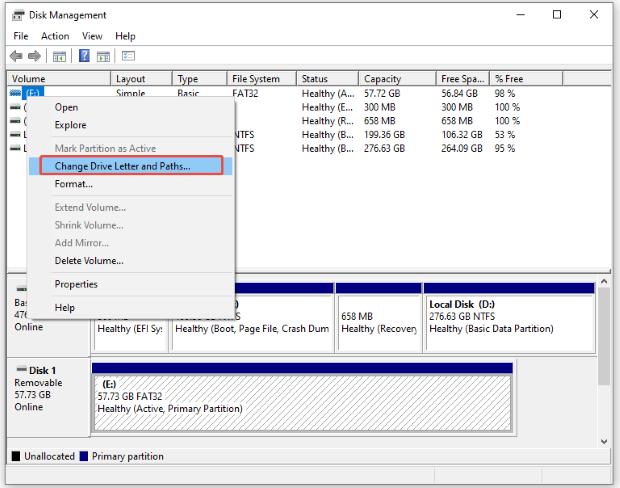
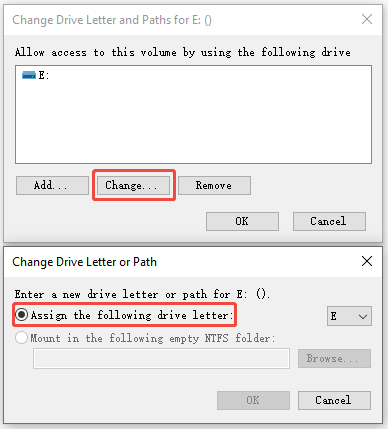


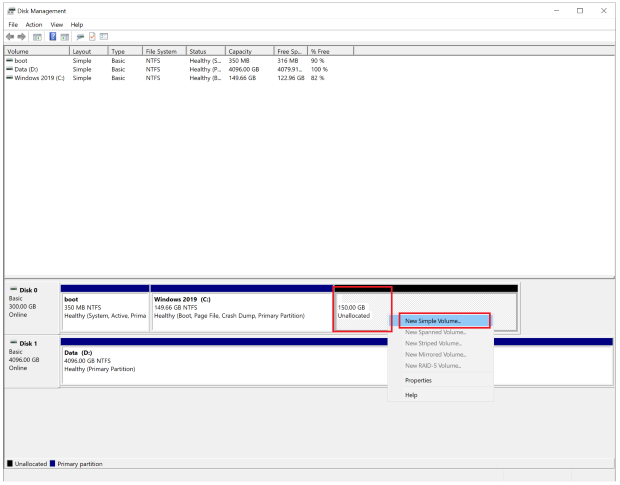
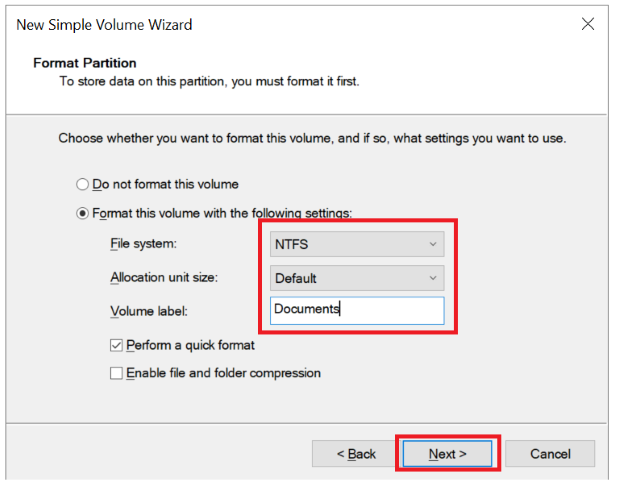
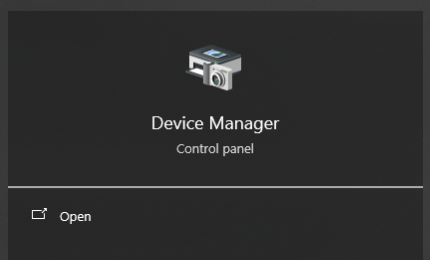
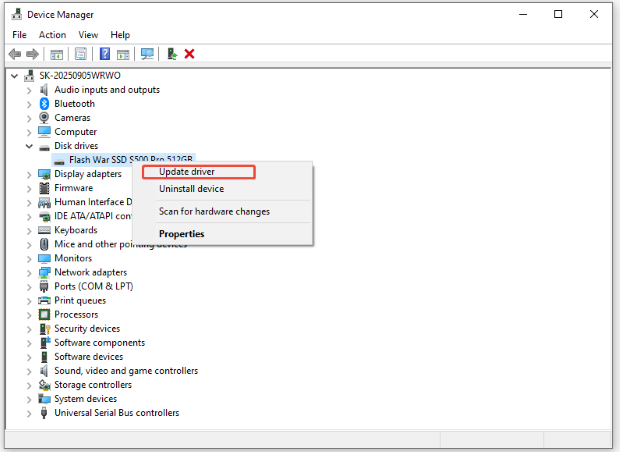


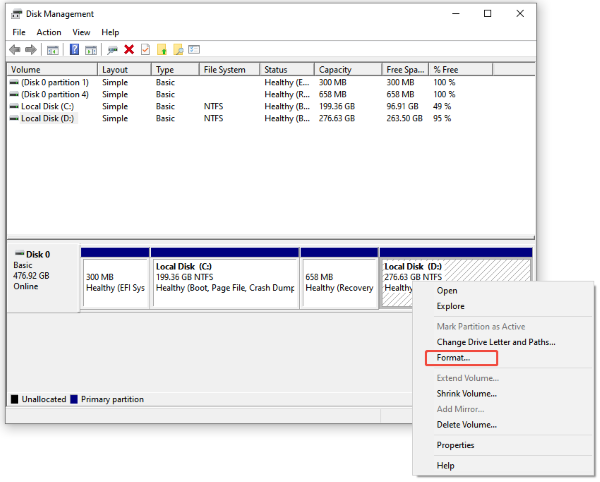
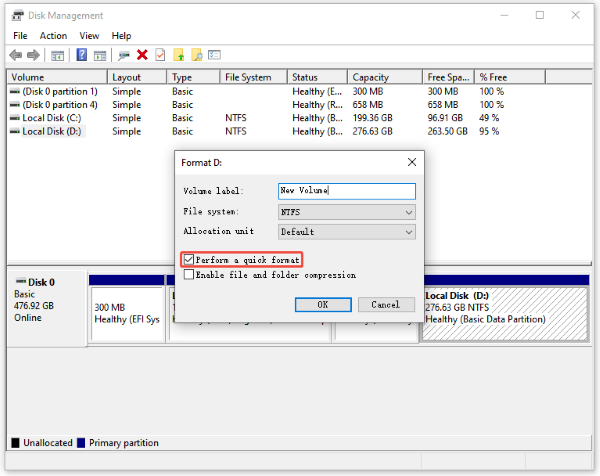
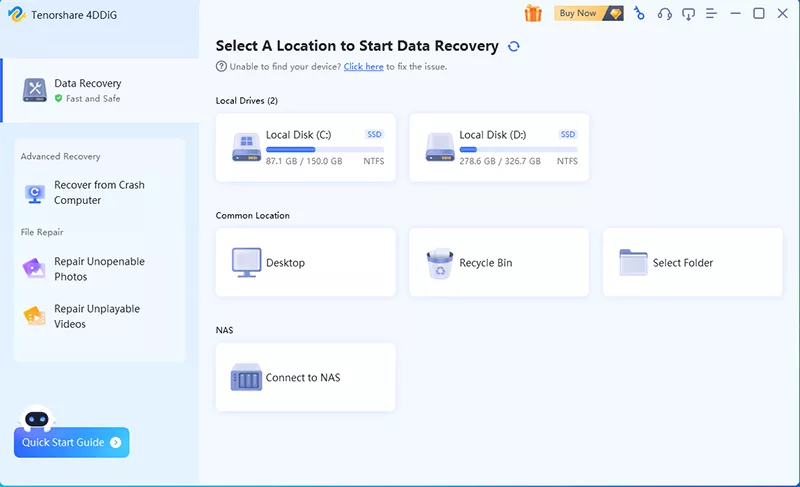
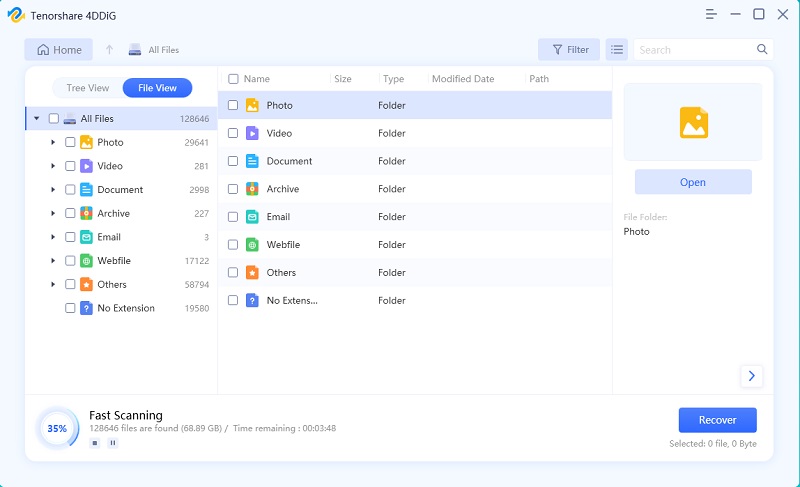
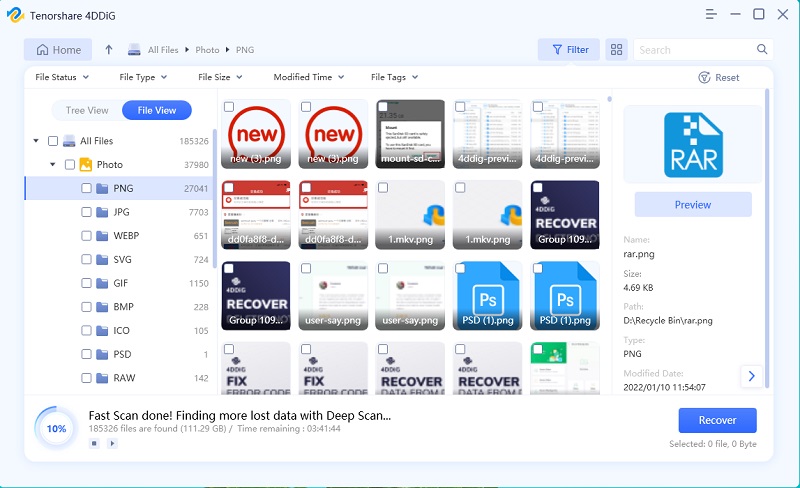

 ChatGPT
ChatGPT
 Perplexity
Perplexity
 Google AI Mode
Google AI Mode
 Grok
Grok

